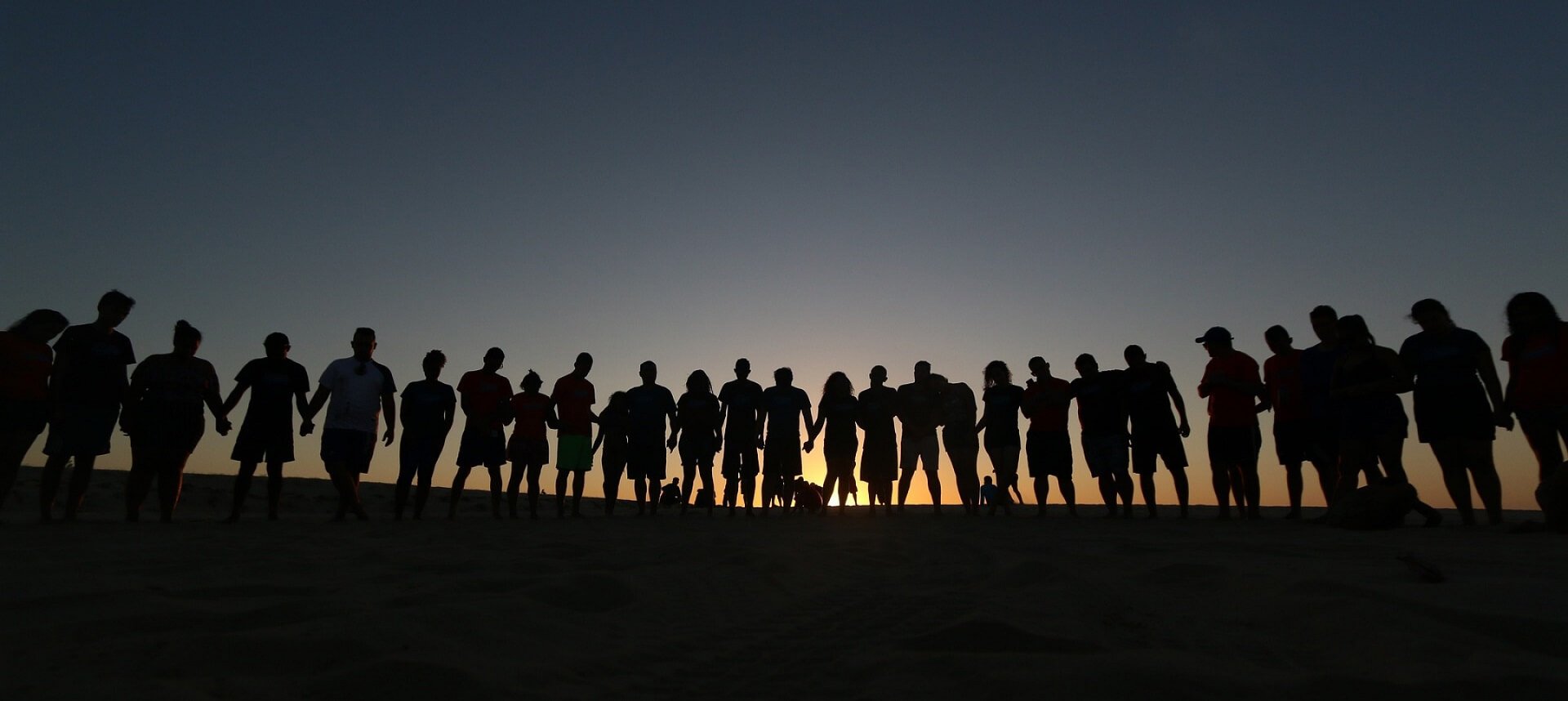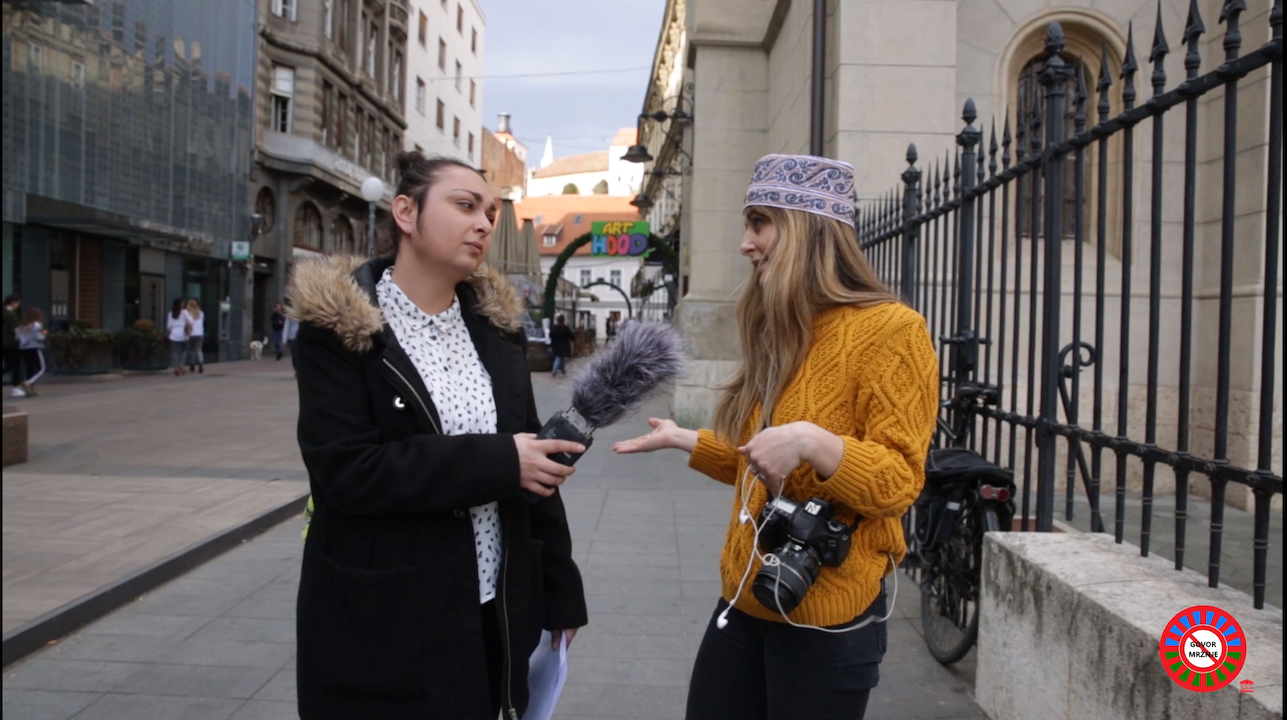Profile
The Roma, together with the Serbs, face the most severe discrimination in Croatia. The 2001 census put the Roma population at 9,463 but the real number of Roma in Croatia was probably much higher as Roma often do not declare their ethnicity for fear of discrimination. Unofficial estimates place the Roma population at 30,000–40,000, with some up to 60,000. Roma are a dispersed and heterogeneous group; they adhere to different religions including Orthodox Christianity, Roman Catholicism, and Islam, and speak different languages.
Historical context
Roma came to the Balkans in the 13th century and have lived there ever since. Roma have always faced discrimination and prejudice. During WWII, they were targets of atrocities committed by the Croatian Ustasa state, with tens of thousands put to death in the Jasenovac and other concentration camps. Although they still faced discrimination and prejudice, during Tito’s rule Roma were in better position than before or after, both economically and in terms of some state support for cultural activities.
Current issues
Poverty among the Roma is very high and they are excluded from access to employment. They face discrimination in access to education, with pressure to be included in special schools, and access to health care, with cases of professionals refusing to treat Roma. Roma are underrepresented in public life, including in public-sector employment.
In 2003, the government adopted a National Programme for the Roma, which set out policies to help the Roma integrate into all levels of society in a systematic manner. The Programme has been extensively criticized for its lack of concrete input from the Roma community. As the Programme is also very poorly funded, it remains questionable whether it was conceived as a genuine attempt to integrate Roma. Activities are also underway as part of the Decade of Roma Inclusion.
In July 2008, the European Court of Human Rights ruled in favour of the Croatian government in a case alleging discrimination against Roma pupils in the school system because the claimants said they were shunted into separate, inferior classes that did not cover the full curriculum. The court ruled that discrimination had not been proved because separate classes for Roma were within integrated schools, because Roma were only separated until their facility with the Serbo-Croatian language improved, and because Roma and other pupils participated together in extracurricular activities. The European Roma Rights Centre criticized the ruling, saying it ignored that segregation within a school was still segregation.
Updated July 2008


 Video on demand
Video on demand 
